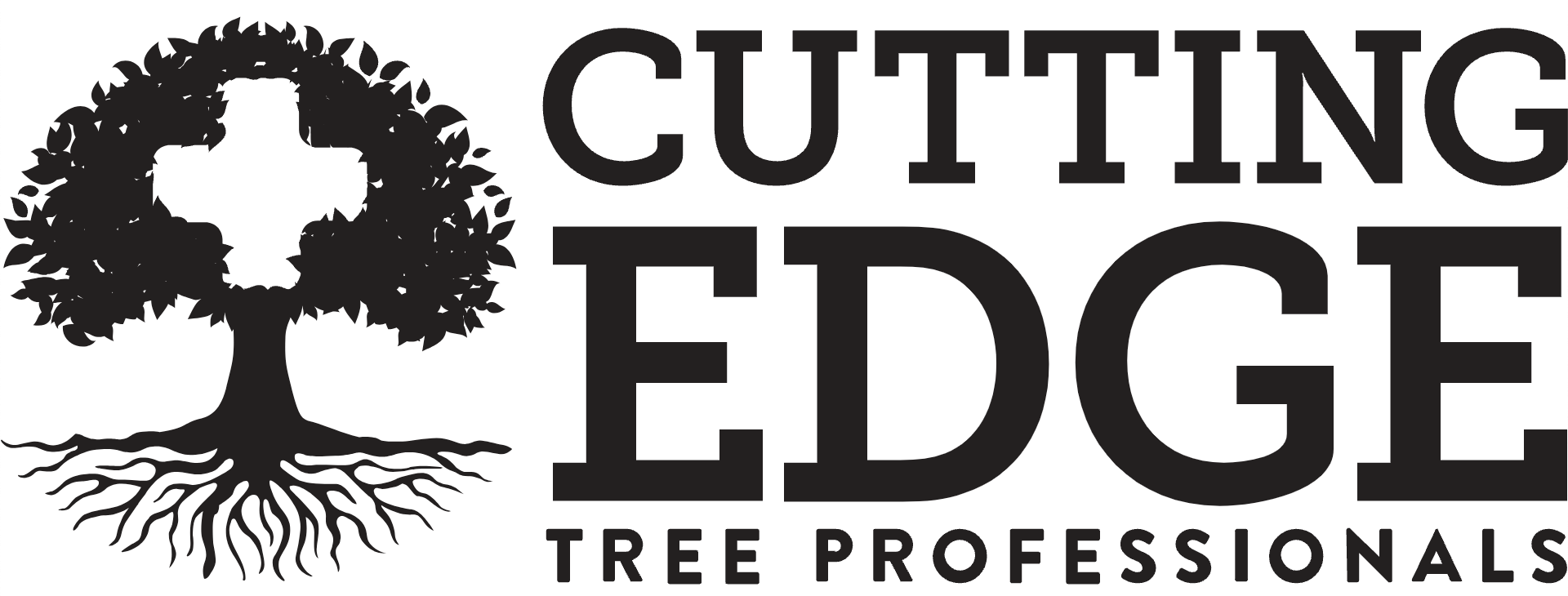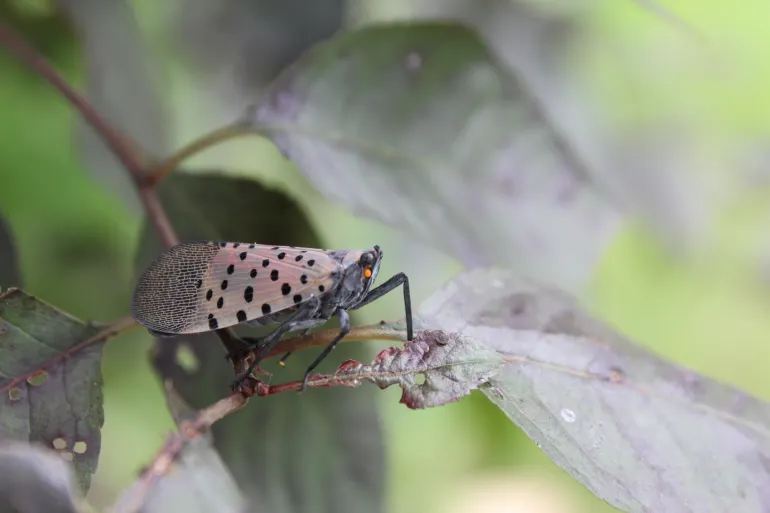As fall colors sweep across Pennsylvania, an invasive species you may have heard about takes center stage: the dreaded Spotted Lanternfly. This destructive pest poses a significant threat to the state’s agricultural industry and ecosystems. In this blog post, we will look into the invasive nature of the Spotted Lanternfly (SLF). We’ll also explore its impact on Pennsylvania, and highlight how arborists can treat affected trees.
Understanding the Spotted Lanternfly and Its Invasive Nature
The SLF, native to Southeast Asia, is an invasive species that has rapidly spread throughout Pennsylvania in recent years. With no natural predators to control its population, the SLF wreaks havoc on various tree species, including oak, maple, poplar, and fruit trees. This pest’s lifecycle involves sucking sap from trees, leading to weakened and damaged plants.
Fall Impact of the Spotted Lanternfly
As fall arrives in Pennsylvania, the Spotted Lanternfly enters a significant stage in its life cycle. During this season, the SLF lays egg masses on various surfaces, such as tree trunks, outdoor furniture, and vehicles. These egg masses can hatch in spring, resulting in a new generation of destructive nymphs. It is crucial to address the egg masses before they hatch and infest nearby trees and plants.
The Devastating Consequences
The presence of the SLF in Pennsylvania poses severe consequences for both natural ecosystems and the state’s economy. First and foremost, the SLF weakens trees by depleting their sap, making them more susceptible to diseases and other pests. Additionally, their feeding habits create wounds on trees, facilitating the growth of fungi, such as sooty mold. This mold can cover leaves and impede photosynthesis, further compromising the tree’s health.
Cutting Edge Tree Professionals: Your Partner for Spotted Lanternfly Treatment
When faced with a Spotted Lanternfly infestation, seeking professional assistance is crucial. Cutting Edge Tree Professionals offers expert treatment services to identify and address the presence of the SLF and its eggs on trees. Through diligent inspections and the application of safe and effective treatment methods, our skilled arborists can help protect your trees from the damaging effects of the Spotted Lanternfly
How Cutting Edge Tree Professionals Can Help
If you spot Spotted Lanternfly nymphs, adult insects, or egg masses on your property or trees, our team at Cutting Edge Tree Professionals can swiftly respond to control and eradicate the infestation. We utilize environmentally-friendly treatments, tree banding techniques, and growth regulators to break the life cycle of the SLF and minimize its impact on your trees.
Wrap Up
The Spotted Lanternfly invasion imposes a significant threat to Pennsylvania’s natural environment and economy. Preventative measures and prompt action are key to controlling and eradicating this invasive pest. Cutting Edge Tree Professionals, with their expertise and dedication, are equipped to help treat trees infested by the Spotted Lanternfly or remove and destroy SLF eggs during the fall months.
By partnering with an experienced team like Cutting Edge Tree Professionals, you can actively contribute to protecting Pennsylvania’s valuable tree population and preventing the spread of the Spotted Lanternfly. Together, we can minimize the destruction caused by this invasive species and preserve the beauty and health of our landscapes for years to come.
Call our teams at 814-201-9757 or use the contact form to send us a message.
Other sources:

